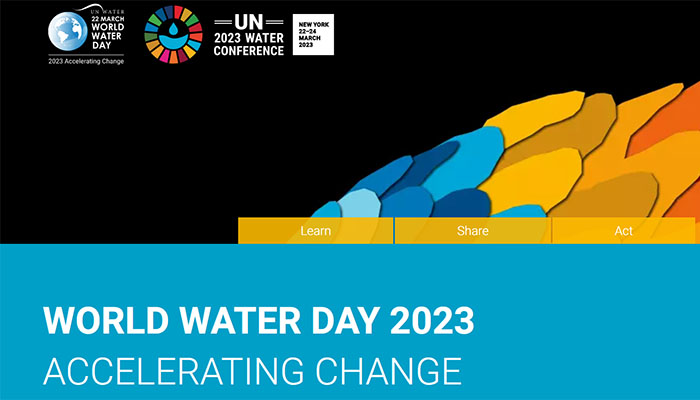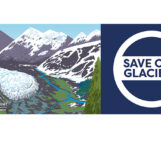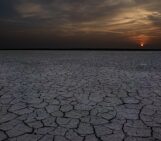
Today is the World Water Day, held every year on 22 March since 1993 to celebrate water and to raise awareness of the lack of access to safe water for a large part of the world population. It is also the start of the UN 2023 WATER CONFERENCE (22-24 March), “a once-in-a-generation opportunity to unite the world around solving the water and sanitation crisis” (citation from World Water Day).
I am the president of Swiss Hydrological Commission and accordingly, I am regularly interviewed by local media for the World Water Day. These interviews usually evolve around the questions of how climate change will affect the Swiss water resources. My this year’s interview for the local radio started with the following question: For you as a hydrologist – every day is a water day? The perfect question to raise my own awareness that what I analyze, simulate and teach every day is not just a bunch of numbers but actually WATER.
The final interview question was: What is the one thing that you would like your students to take home from your classes? That was a hard question! But I hope that after following my introductory classes, the students have a new view on their immediate surroundings, go home and ask where their water comes from and where it goes to.
I recently started teaching the urban water cycle and the Sponge City concept in my introductory hydrology classes to educate a generation of Swiss geographers who will give more space to water in their reasoning and decisions about our living environment. And to raise awareness that even in the Alps, the water tower of Europe, water starts lacking (you might want to have a look at the Swiss drought monitor). One of the key challenges in Switzerland with regard to water is that we lack appropriate monitoring data of our water use – for irrigation as well as a for drinking water production. A lot of work ahead!


